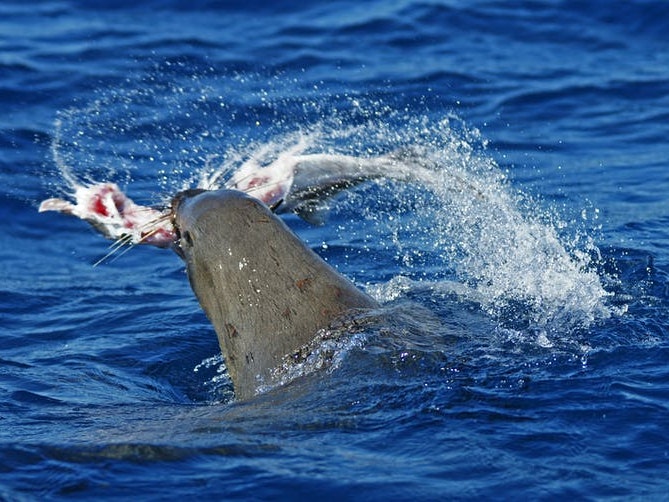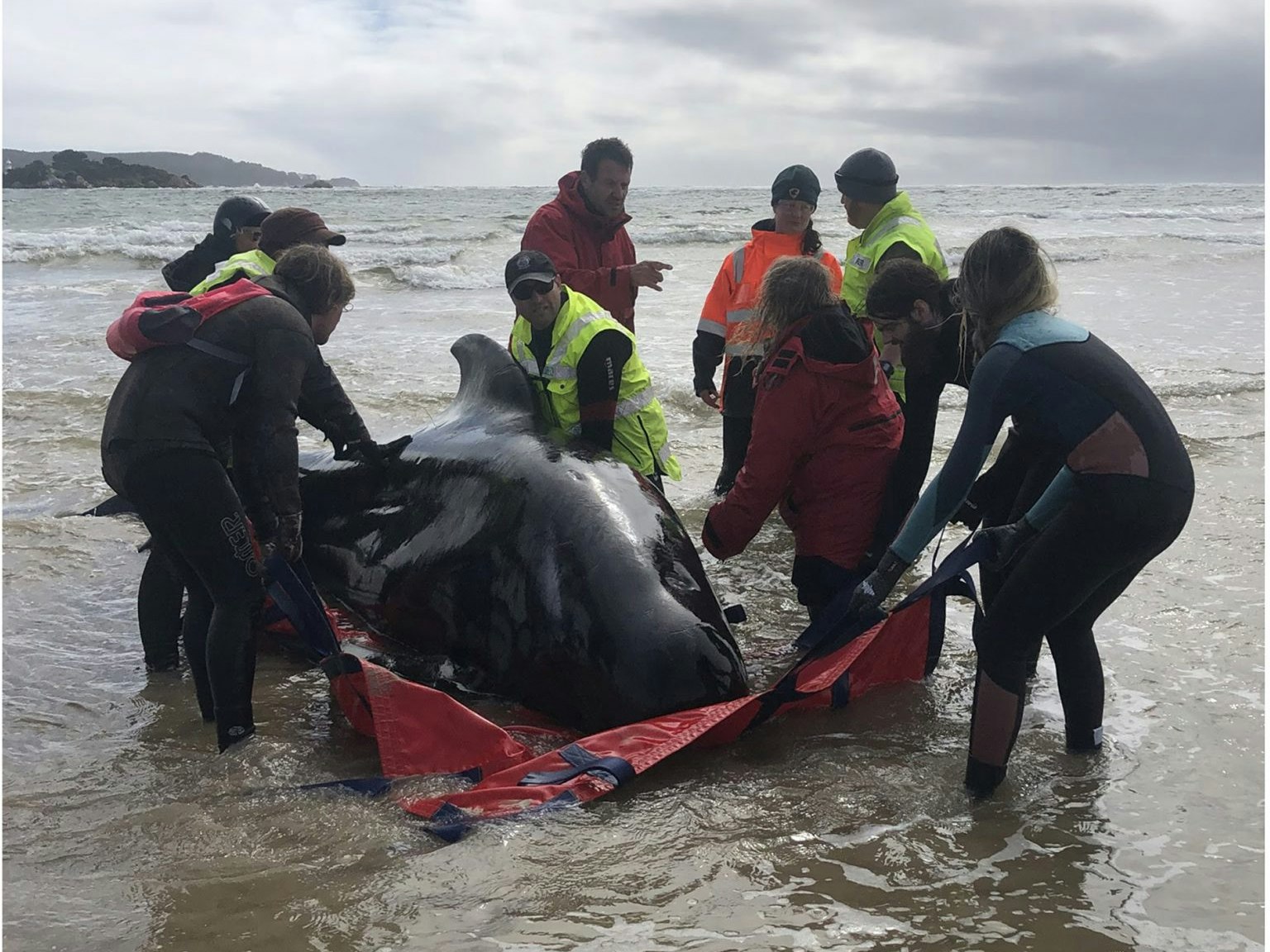
Dinner to die for: how fish use their spines to fend off hungry seals
What price are you willing to pay for food? But what if the cost were actual pain, injury and death? For some seals and dolphins, this a real risk when hunting.
Free museum entry for New Zealanders and people living in New Zealand
Open every day 10am-6pm
(except Christmas Day)
Free museum entry for New Zealanders and people living in New Zealand
Te Papa researcher: Felix Marx, William Parker, Hazel Richards
Undertaken with collaborators from Australia, Europe and Japan, this research investigates the diversity, function and evolution of marine mammal behaviour – from feeding, to swimming, and communication. Of particular interest is the origin of filter feeding in baleen whales, suction feeding in whales and seals, tooth sharpness and function, and the shape and use of the forelimb flipper.
Investigating these topics often requires an interdisciplinary approach and the use of a broad range of techniques like 3D scanning, computational fluid dynamics, and even behavioural observations of live animals.
Top left: fur seal flipper model by Shibo Wang (Monash University, Australia); top right: whale tooth models by David Hocking (Monash University, Australia). Seal photographs by Ben Burville (Newcastle University, UK; left) and Renae Sattler (Alaska Seali
Main collaborators: David Hocking, Tasmanian Museum and Art Gallery, Australia; James Rule, Monash University, Melbourne; Alistair Evans, Monash University; Travis Park, Monash University; Tahlia Pollock, University of Bristol, UK.
Funding: Australian Research Council, European Commission.
Representative publications:
Marx, F.G., Hocking, D.P., Park, T. et al. Suction causes novel tooth wear in marine mammals, with implications for feeding evolution in baleen whales. J Mammal Evol 30, 493–505 (2023).
Dewaele, L., Gol'din, P., Marx, F.G., Lambert, O., Laurin, M., Obadă, T., & de Buffrénil, V. (2022). Hypersalinity drives convergent bone mass increases in Miocene marine mammals from the Paratethys. Current Biology, 32(1), 248-255
Hocking, D.P., Marx, F.G., Wang, S., Burton, D., Thompson, M., Park, T., Burville, B., Richards, H.L., Sattler, R., Robbins, J., Portela Miguez, R., Fitzgerald, E.M.G., Slip, D.J., & Evans, A.R. (2021). Convergent evolution of forelimb-propelled swimming in seals. Current Biology, 31(11), 2404-2409.e2

What price are you willing to pay for food? But what if the cost were actual pain, injury and death? For some seals and dolphins, this a real risk when hunting.

What are pilot whales? And why do so many of them meet their doom ashore?